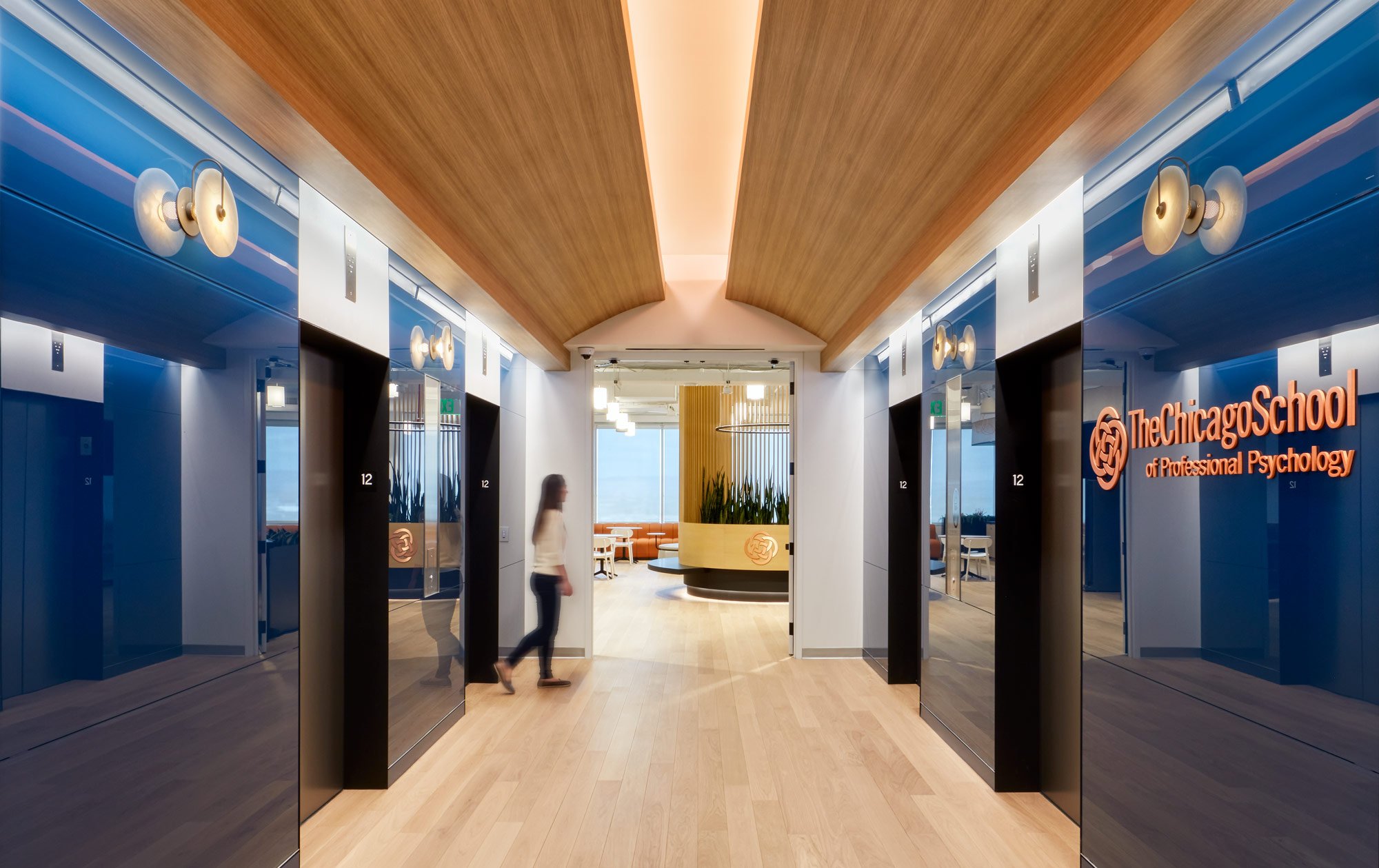Integrating daylight and electric light to create lighting strategies focused on human health, along with traditional requirements for visual acuity and comfort, can lead to healthier and more productive environments. Understanding the specific needs and preferences of users in a space is integral to creating effective lighting environments. For example, patients in a hospital ward have different lighting requirements than individuals in an office environment.
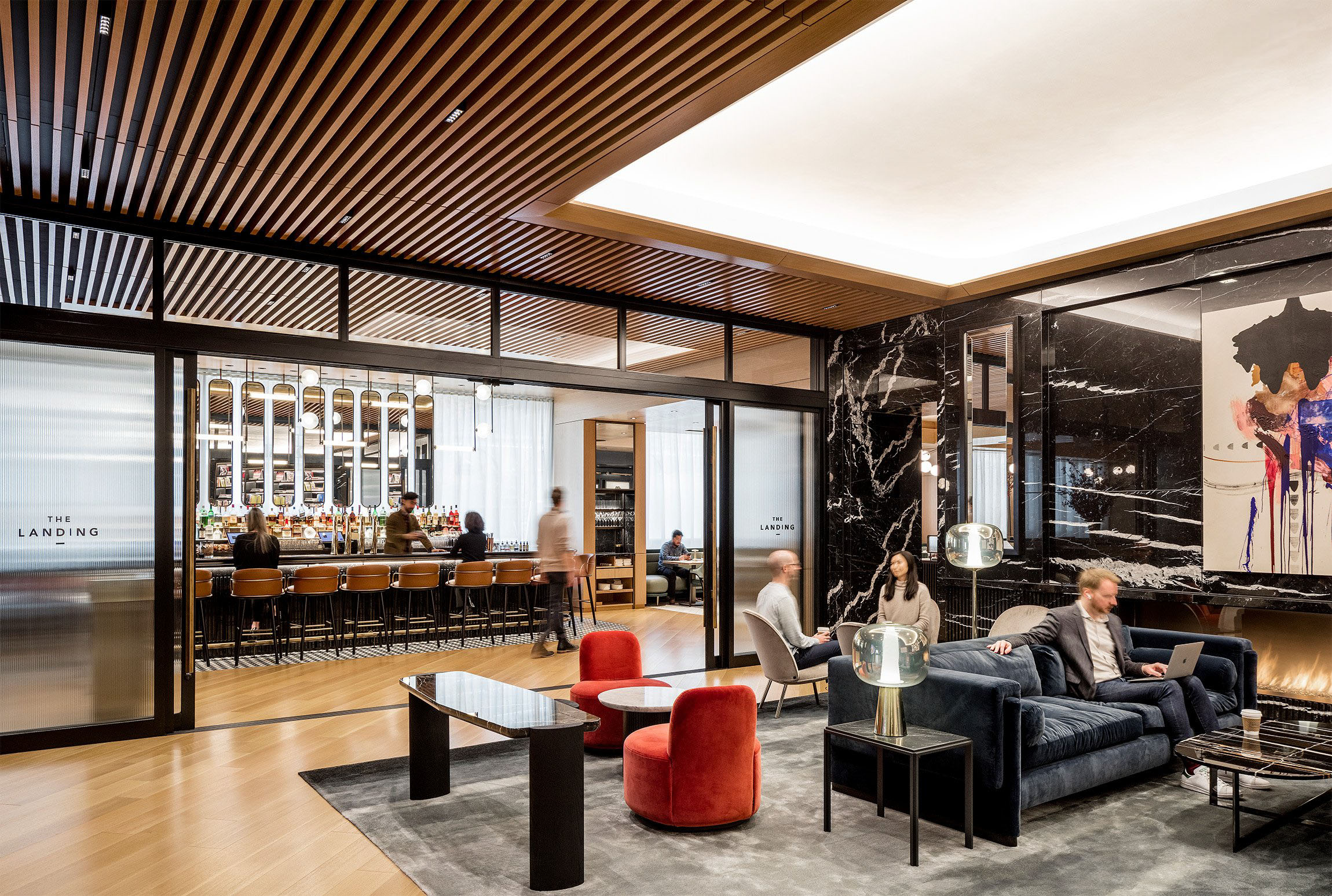
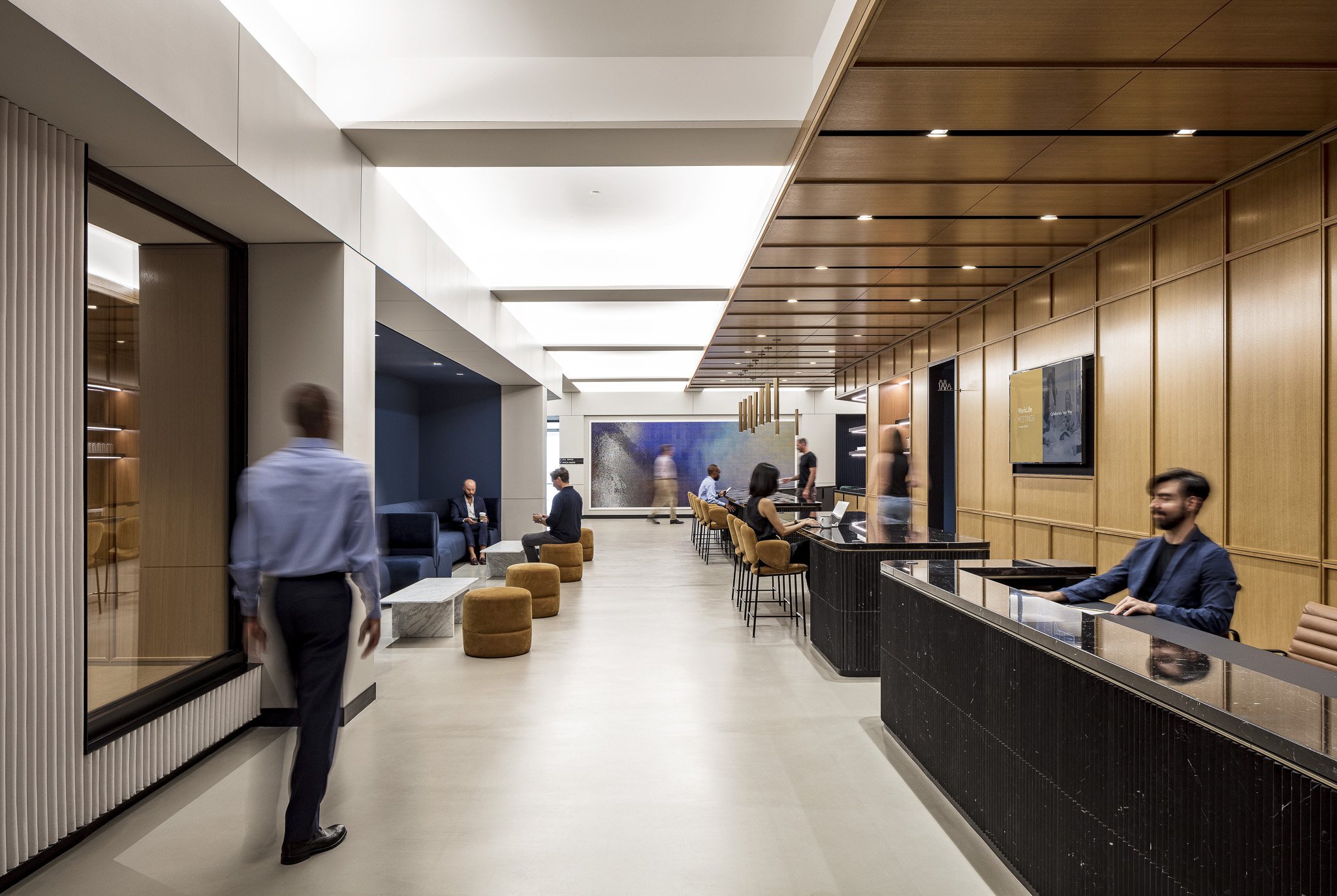
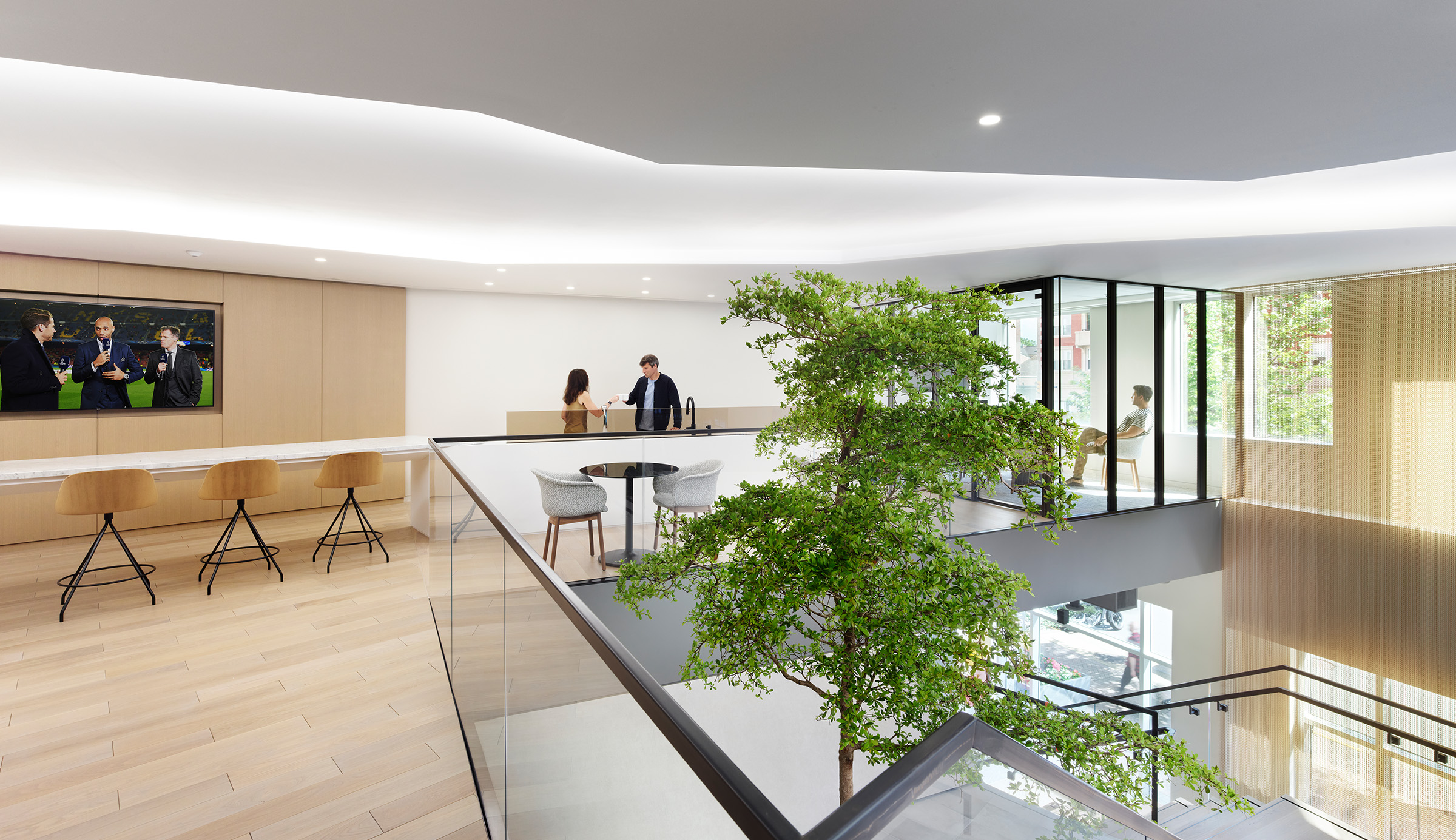
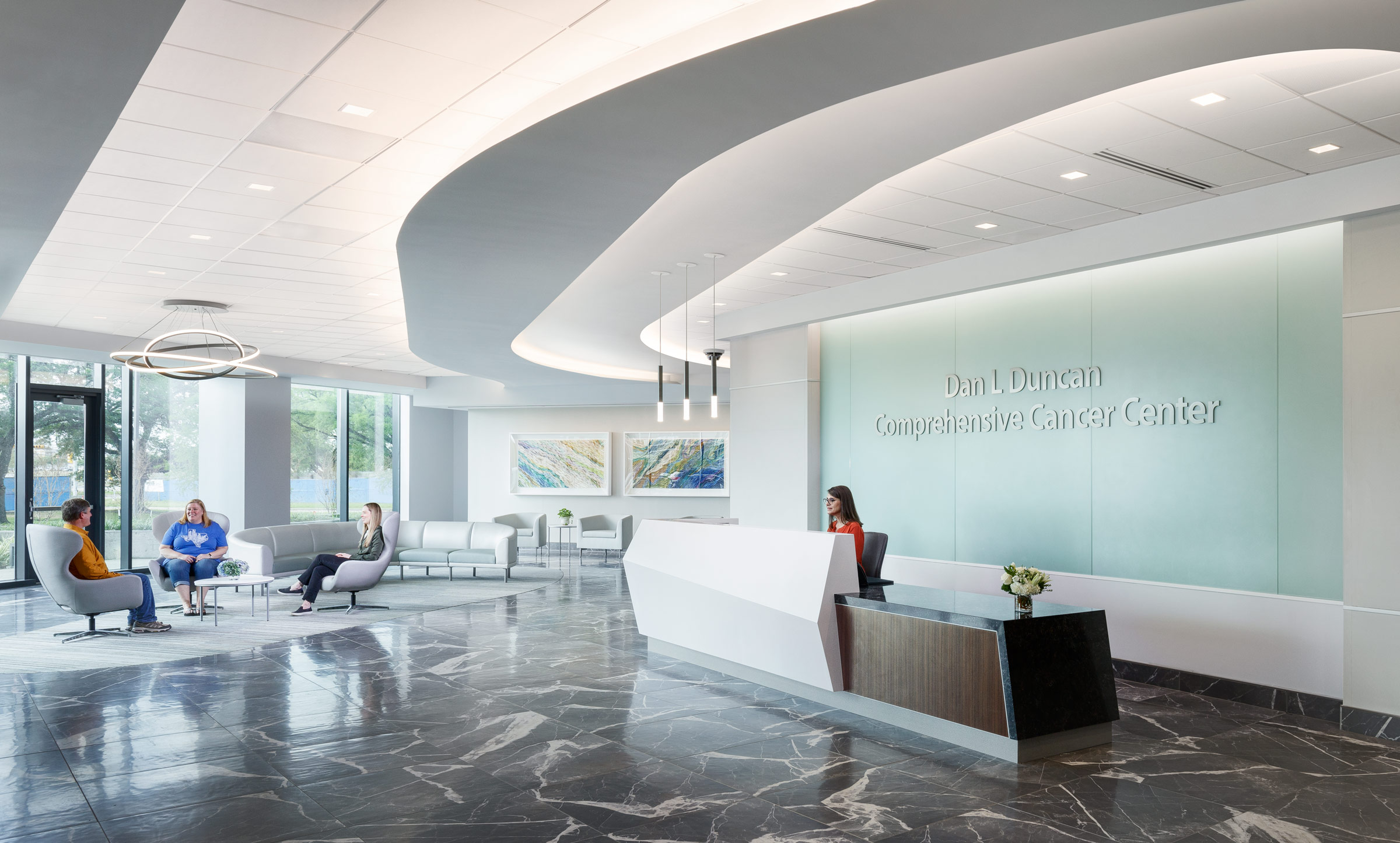
The lighting environments where humans spend their time impact their visual, circadian and mental health. Currently, lighting conditions in most spaces are designed to meet the visual needs of individuals but do not take into account circadian and mental health. This presents an opportunity for projects to provide lighting conditions required by humans for improved health and well-being.
Lighting is a critical part of WELL v2, influencing visual comfort, circadian alignment, and overall space functionality. WELL-compliant lighting ensures optimal illumination, glare control, proper color rendering, and dynamic lighting adaptability, making it essential for high-end office, retail, and wellness-focused environments. By integrating WELL v2 principles, businesses can create healthier, more engaging spaces while meeting modern lighting and sustainability standards
